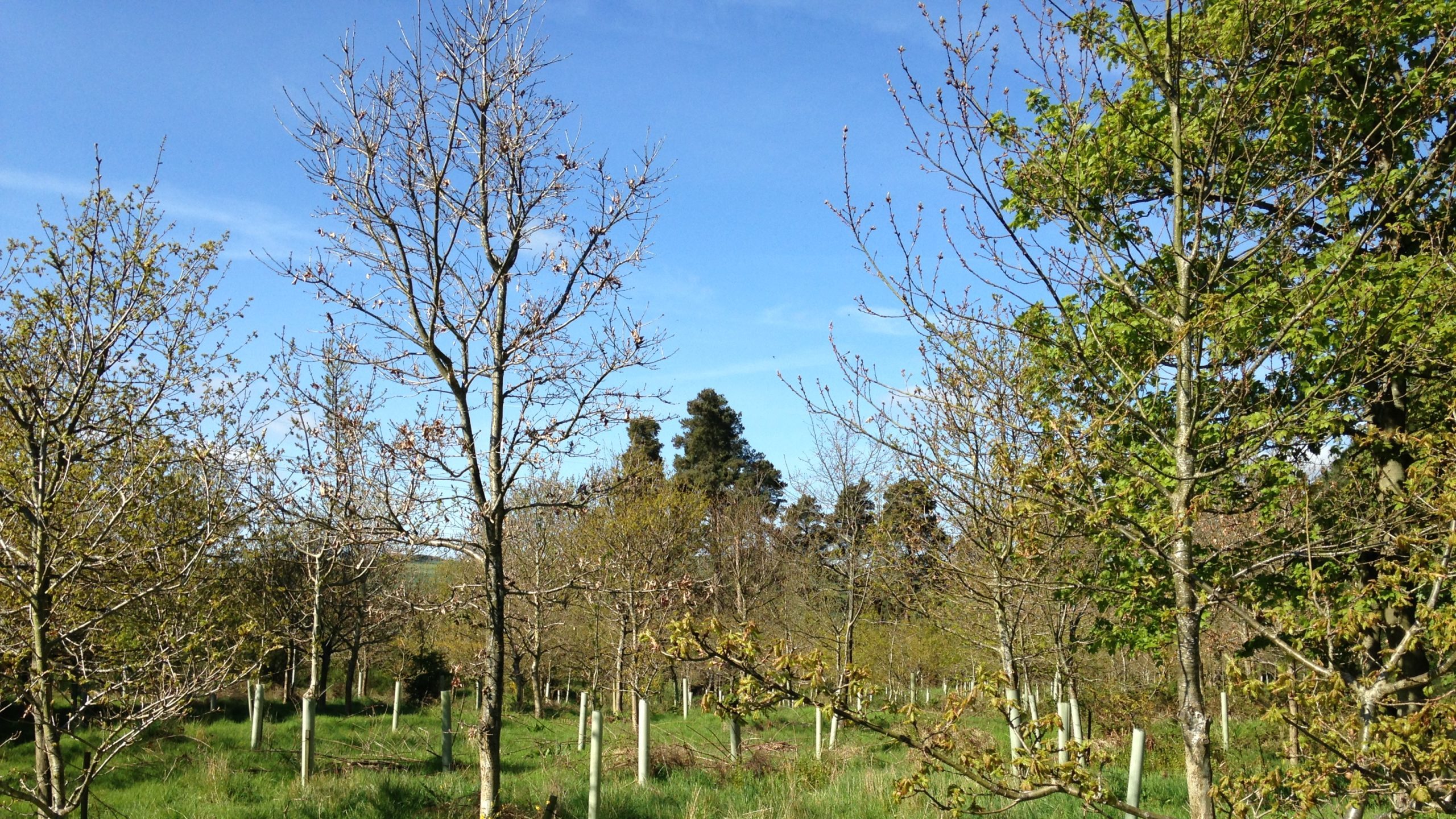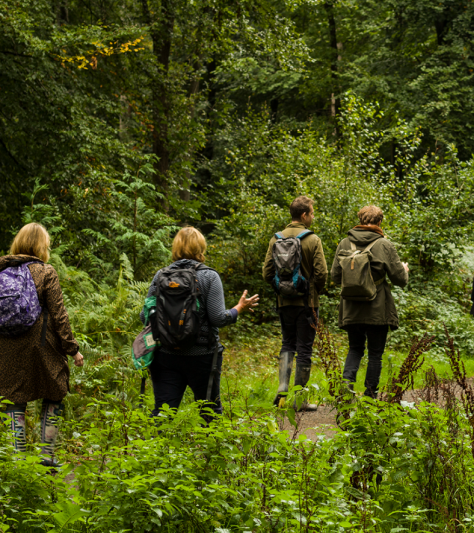Ford and Etal Estates, Northumberland 2016
Management strategy and flexibility needed to adapt to new challenges makes these compartments award winning.

Ford and Etal Estates is managed by Mr Robert Nevins
Silver Award: Excellence in Forestry 2016
Background
The Ford and Etal Estate comprises 6,000 hectares (15,000 acres) of land in total, of which around 650 hectares (1,600 acres) is given over to commercial forestry and amenity woodland.
The forestry department is responsible for the planting, thinning and felling of trees and the maintenance of fences, gates and stiles around the estate. Harvested timber is processed at the estate’s sawmill.
Most of the woodlands were planned and laid out in the early years of the 20th century and typically contain a mix of approximately 70% conifers (Scots pine, Sitka spruce, Norway spruce and larch) and 30% hardwoods (beech, ash, oak and sycamore). The entry from Ford and Etal Estates for the Excellence in Forestry Silviculture Award comprised three large compartments totalling approximately 80ha.
The estate is located in North East Northumberland, close to the Scottish border, and around 10 miles to the east of the Cheviot Hills. The general location is sheltered and with moderate rainfall. The soil on the estate varies from free-draining gravels in the valley bottoms through rich brown earths (used mostly for arable farming) to poorer quality gleys on the higher ground (used for grazing and forestry).
Management Strategy
Forestry at Ford and Etal is relatively unusual in that the estate sawmill is still operational and dictates the demand for timber. The demand for sawlogs outstrips the supply from the estate and is supplemented with sawlogs purchased from elsewhere if required. Wood that does not make the grade for the mill goes to a local contractor where it is shaved for animal bedding. Lower-grade material is chipped and dried to fuel new biomass boilers on the estate. Very little waste is generated.
The three compartments nominated for the Silviculture Award are no more than twenty years old and have each had a first thinning. The products of these operations were sent for chipping, generating enough income to recover some of the initial investment.
Two of the compartments were planted in the 1990s with Corsican pine, shortly before Dothistroma Needle Blight (DNB, a fungal pathogen) was identified as a major threat. Extensive needle loss and reduced productivity can render Corsican pine economically unviable in many woodlands. These plantings were interspersed with sycamore to create a more varied canopy structure, let light onto the forest floor, encourage regeneration, and improve the habitat for wildlife. Corsican pine copes well with the free-draining (sometimes dry) gravelly soils and suffers less damage by grazing deer than Scots pine.
Rigorous thinning of the two compartments has resulted in trees which are well spaced, windfirm and exhibiting good form and vigour, with minimum loss of productivity due to DNB. The current policy for thinning selection is on the basis of good form and does not favour hardwood over softwood. This allows the soil, climate and general situation of the site to dictate the species and overall stand performance.
The third compartment has been planted with a mix of broadleaved species including oak and ash, both of which can cope with the heavier ground which is more liable to flooding. This gave some use to land which was otherwise overlooked as unsuitable for farming. In terms of landscape value, the compartment has the added benefit of screening the A697 road from the estate and softening the outline of the conifer blocks as seen from the road.
Some older stands of Scots pine have been left in place beyond their optimum harvesting date for environmental reasons. These trees prevent erosion of the soil by flooding and provide shelter for younger compartments. Some older compartments on the estate were planted and managed on a clearfell/re-stock system and these will be managed to their economic rotation before a decision is made on species for re-stocking.
Challenges
Thinning is known to increase air flow through Corsican pine plantations and thereby reduce the impact of DNB. A policy of thinning and encouraging mixed-species woodlands on the estate has mitigated many of the worst effects of DNB, to the extent that Corsican pine remains a feature of the maturing woodlands. However, the arrival of DNB has encouraged more mixed planting which will boost resilience and Corsican pine is now being supplemented with Douglas fir, western red cedar and Scots pine. Trials are being conducted on the estate of Macedonian pine (Pinus peuce) and Serbian spruce (Picea omorika) as possible options for the future.
Chalara dieback disease in ash is not yet present on the estate but will inevitably arrive, as it is prevalent throughout Northumberland and the Scottish Borders. This will possibly lead to gaps in broadleaved plantations which may need to be in-filled. Natural regeneration will have to be managed in favour of alternative species.
Access
The Estate is managed as a traditional working estate although tourists bring vital income to the surrounding villages. The general character and landscape of the area, therefore, are important considerations when planning and undertaking forestry operations. A lot of the land is multi-use and the forester has to liaise with mountain-bikers, walkers and horse riders.
There are 36 miles of paths made up of permissive paths and Rights of Way which must be maintained, as well as miles of roadside hedge to cut and thousands of roadside (or pathside) trees whose safety must be assessed and remedial works ordered, as required.
Conclusion
New species, thoughtful adaption to new diseases and an ability to respond quickly to new markets mean that forestry on Ford and Etal Estates is in good health.
There are challenges to be overcome but the right balance between planning and flexibility leaves the visitor in no doubt that this will happen.
For further information visit: www.ford-and-etal.co.uk
Author: Mike Page
Silviculture Award Category Sponsers:


